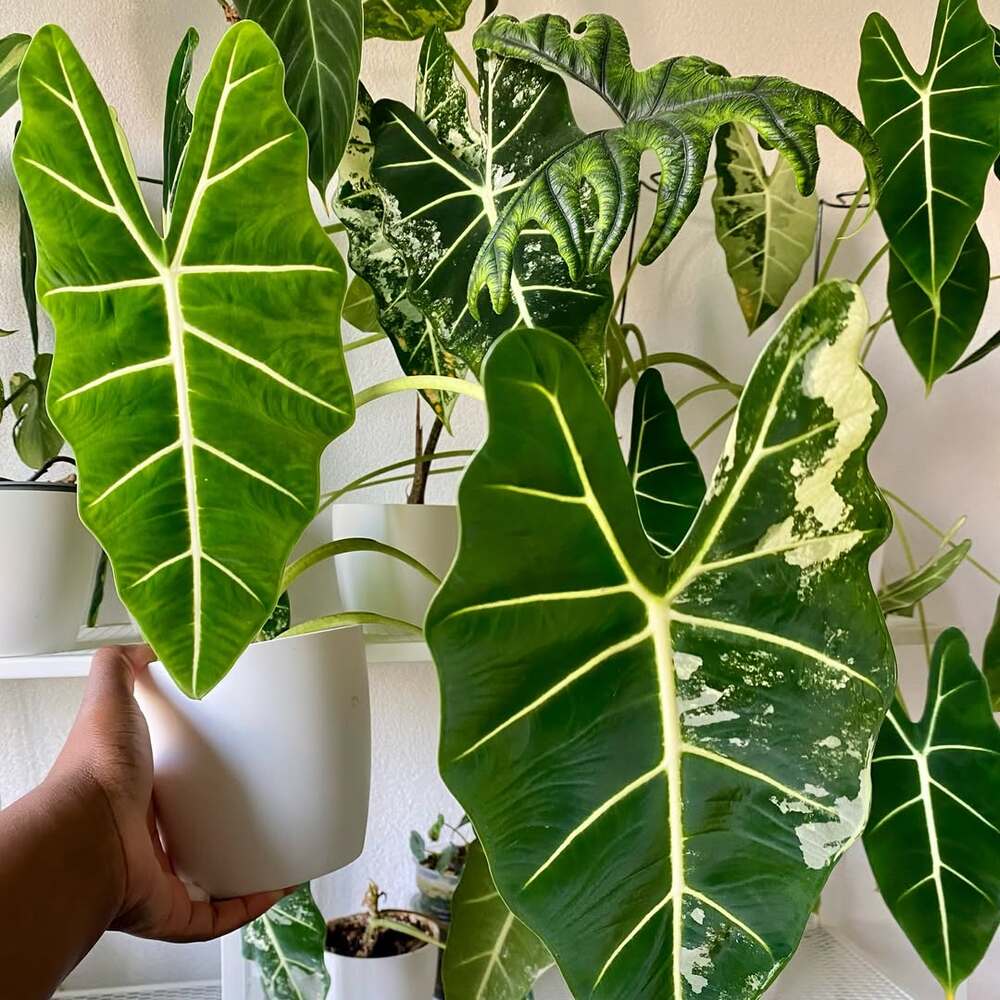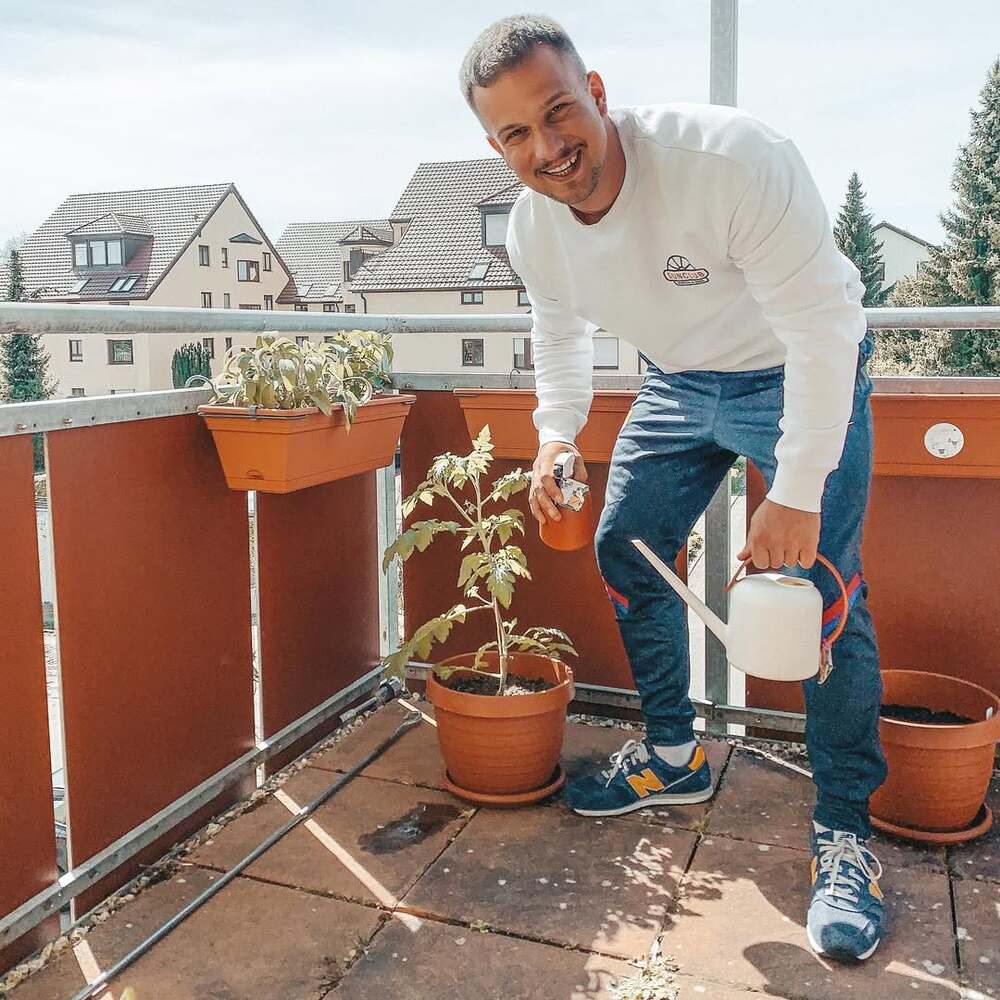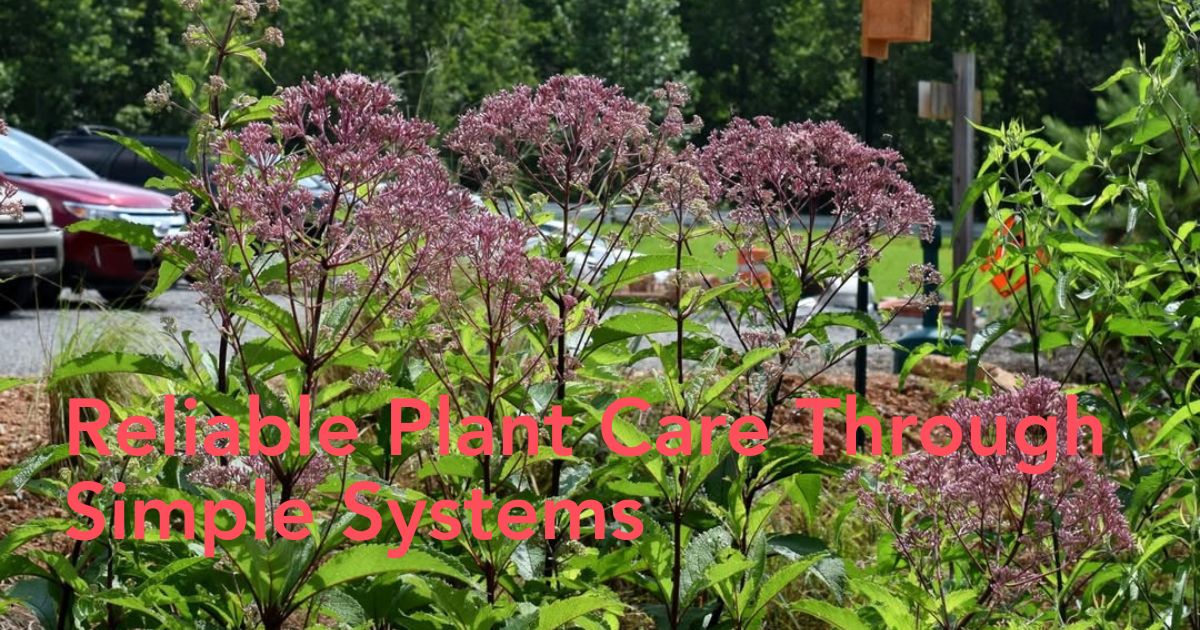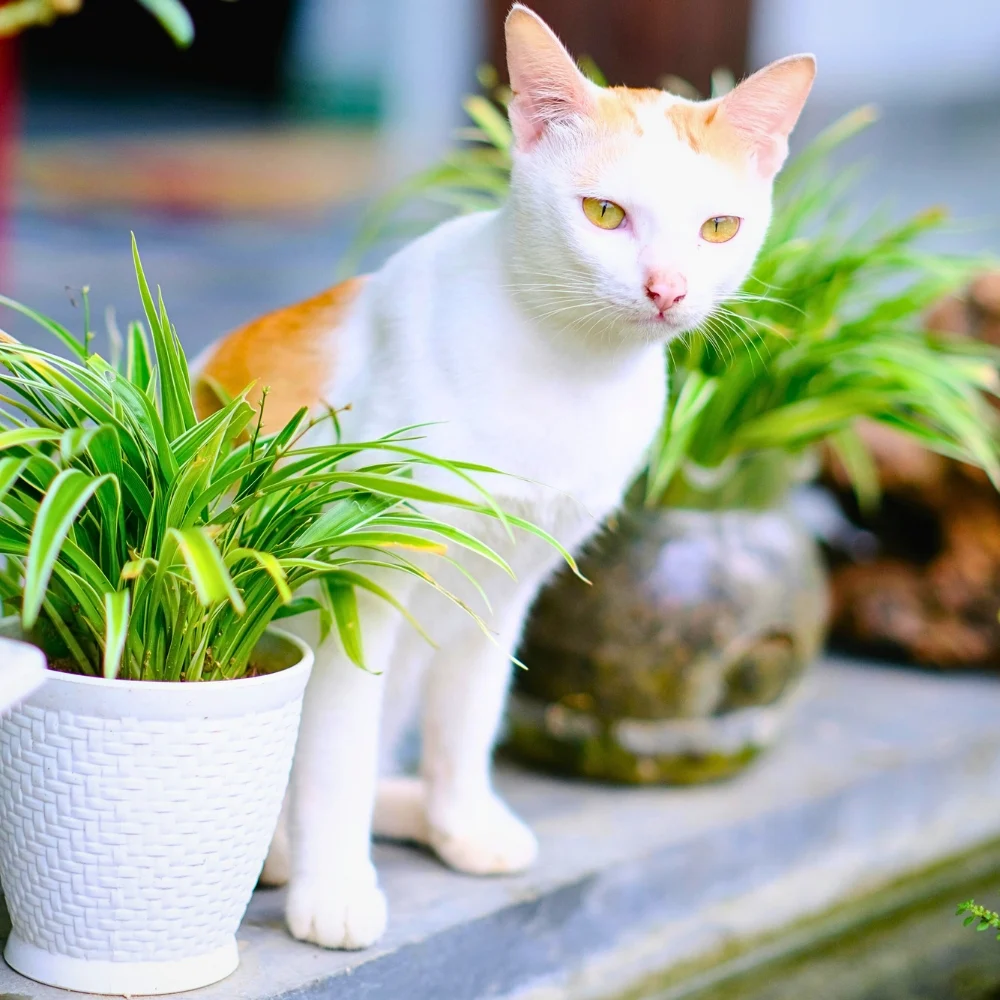Building the Perfect Plant Care Reminder System That Never Lets Your Flowers Down
Every flower enthusiast knows the heartbreak of discovering a beloved plant wilting from neglect, despite the best intentions to maintain a consistent care routine. The secret to thriving indoor gardens and stunning flower arrangements lies not just in green thumbs but in creating a reliable plant care reminder system that works as efficiently as the most sophisticated software applications. By applying proven software development principles to garden management, flower lovers can transform their plant care approach from chaotic guesswork into a streamlined, foolproof system that ensures every bloom reaches its full potential.

The most successful plant care systems incorporate elements that software developers have perfected over decades. Whether caring for delicate orchids, robust succulents, or seasonal flowering plants, the same organizational principles that power reliable applications can revolutionize how gardens are maintained. Popular plants that benefit from systematic care approaches include:
- African violets with their specific watering requirements
- Fiddle leaf figs need consistent moisture levels
- Peace lilies require regular feeding schedules
- Snake plants with minimal but precise care needs
- Pothos demands periodic pruning and maintenance
- Monstera deliciosa with complex humidity requirements

Building the Perfect Plant Care Reminder Foundation
The foundation of any effective plant care reminder system begins with thorough documentation, much like software developers create detailed specifications before writing code. Each plant in the collection deserves its own comprehensive profile, including species-specific requirements, seasonal variations, and individual quirks observed over time. This botanical database becomes the cornerstone of successful plant management, providing the essential information needed to create targeted care schedules.
Successful plant care systems require consistent data collection and analysis. Just as software applications rely on accurate input to produce reliable output, plant care depends on tracking watering dates, fertilizer applications, repotting schedules, and environmental changes. Modern flower enthusiasts can leverage digital tools ranging from simple smartphone apps to sophisticated home automation systems that monitor soil moisture, light levels, and ambient humidity, similar to how nearshore software development Europe teams utilize advanced monitoring tools for application performance.
The beauty of applying systematic approaches to plant care lies in the predictable results they produce. When flower lovers establish clear protocols for each aspect of plant maintenance, from daily observations to monthly deep-care sessions, plants respond with healthier growth, more vibrant blooms, and increased resistance to common problems. This methodical approach eliminates the guesswork that often leads to over-watering, under-fertilizing, or missing critical care windows during busy periods.

Implementing Smart Plant Care Reminder Automation
Automation represents the next evolution in plant care reminder systems, bringing the same efficiency that transforms software development workflows to botanical management. Smart automation doesn't replace the human touch that plants crave, but rather ensures that routine tasks never fall through the cracks during hectic schedules. Modern plant care automation can range from simple calendar reminders to sophisticated sensor networks that provide real-time plant health monitoring.
The most effective automated systems combine multiple reminder methods to accommodate different lifestyle patterns and plant needs. Calendar-based notifications work excellently for regular tasks like weekly watering or monthly fertilizing, while sensor-driven alerts provide immediate feedback when plants require immediate attention. Advanced flower enthusiasts often implement tiered reminder systems that escalate from gentle suggestions to urgent notifications based on plant condition and time elapsed since last care.
Integration capabilities make automated plant care systems truly powerful, connecting various monitoring tools and reminder methods into cohesive workflows. Smart home platforms can coordinate indoor lighting systems with plant care schedules, ensuring that flowering plants receive optimal light exposure during critical growth periods. Weather integration allows outdoor plant reminders to adjust automatically for rainfall, preventing over-watering during wet seasons and intensifying care during drought conditions.

Testing and Optimizing Plant Care Reminder Performance
Continuous testing and optimization form the backbone of reliable software applications, and the same principles apply to perfecting plant care reminder systems. Regular evaluation of plant health outcomes provides valuable feedback on reminder timing, care frequency, and intervention effectiveness. Successful flower gardeners maintain detailed logs of plant responses to different care schedules, allowing for data-driven adjustments that improve overall system performance.
Performance metrics in plant care extend beyond simple survival rates to encompass bloom frequency, leaf color vibrancy, growth rate, and overall plant vitality. Advanced practitioners track these metrics over seasonal cycles, identifying patterns that reveal optimal care timing and frequency. This analytical approach helps distinguish between correlation and causation in plant responses, leading to more effective care protocols that maximize flowering potential and minimize plant stress.
Iterative improvement processes ensure that plant care systems evolve alongside growing expertise and changing plant collections. Regular system reviews identify bottlenecks in care workflows, redundant reminder notifications, and opportunities for enhanced automation. The most successful flower enthusiasts treat their plant care systems as living documents that adapt to seasonal changes, new plant acquisitions, and improved understanding of individual plant needs.

Scaling Your Plant Care Reminder System for Growth
Scalability planning prevents plant care systems from becoming overwhelmed as collections expand, applying the same forward-thinking principles that guide software architecture decisions. A well-designed plant care reminder system accommodates growth from a few desktop plants to extensive indoor gardens or outdoor flower beds without requiring complete system overhauls. Modular approaches allow flower lovers to add new plants, care categories, and monitoring tools without disrupting existing successful workflows.

Resource management becomes increasingly important as plant collections grow, requiring systematic approaches to time allocation, supply inventory, and care task prioritization. Successful scaling strategies include batch processing similar care tasks, seasonal workflow optimization, and delegation frameworks that allow multiple household members to participate in plant care responsibilities. These approaches prevent individual plants from being neglected during busy periods while maintaining the attention to detail that produces spectacular flowering results.
Long-term sustainability ensures that plant care systems remain manageable and enjoyable rather than becoming overwhelming chores. The most effective systems balance automation with hands-on interaction, preserving the therapeutic and rewarding aspects of plant care while eliminating routine task anxiety. Successful flower enthusiasts design systems that can accommodate life changes, seasonal variations, and evolving interests while maintaining consistent care quality that keeps plants thriving year after year.










